Maldives Flag Meaning
A green rectangle centered on a red field with a white crescent facing the hoist, representing Islam, the peace of the islands, and the blood of heroes who defended this coral atoll nation in the Indian Ocean.
- Continent
- Asia
- Adopted
- 1965
- Ratio
- 2:3
- Colors
- red, green, white
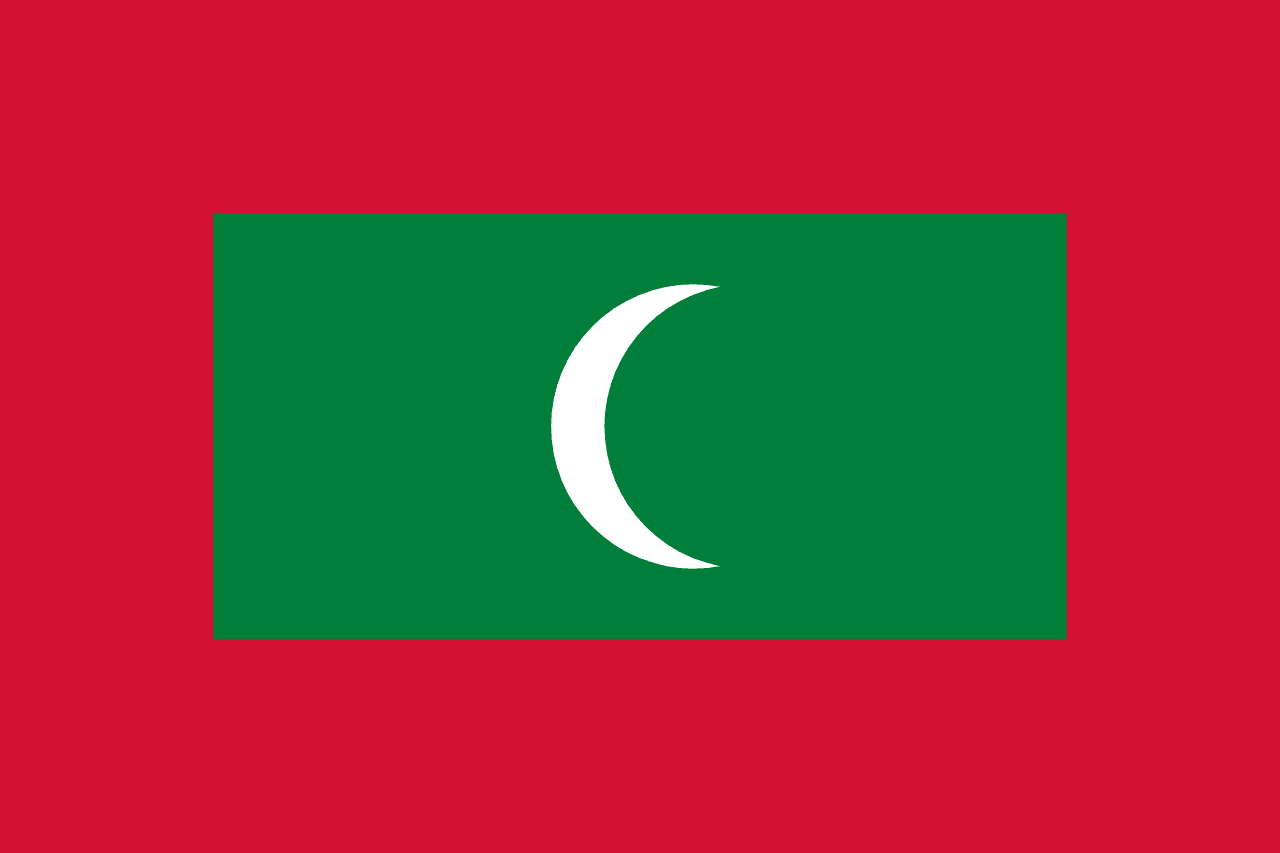
Symbolism
Red Field: Represents the blood shed by the heroes and martyrs who fought to defend the Maldives throughout its history, particularly during struggles against foreign invaders and colonial powers.
Green Rectangle: Symbolizes peace, prosperity, and the lush vegetation of the coconut palms that are vital to Maldivian life and economy. Also represents hope for a bright and prosperous future.
White Crescent: Represents Islam, the state religion of the Maldives, and serves as a symbol of faith for the 100% Muslim population. The crescent also represents progress and the nation moving forward.
Crescent Orientation: The crescent faces toward the hoist (flagpole), following traditional Islamic heraldic principles and representing the nation's welcome to visitors and openness to the world.
Island Nation Identity: The overall design reflects the Maldives' identity as a small island nation in the vast Indian Ocean, with colors representing both the Islamic faith and tropical island environment.
History
- Ancient Times: The Maldives was settled by people from southern India and Sri Lanka, developing a unique culture influenced by Arabic, Indian, and Southeast Asian traditions.
- 12th Century: Islam was introduced to the Maldives, fundamentally shaping the culture and eventually influencing the national symbols, including the crescent that would appear on the flag.
- 1558-1573: Portuguese occupation was resisted by Maldivians, establishing a tradition of defending independence that would later be symbolized in the flag's red field.
- 1887-1965: The Maldives became a British protectorate while maintaining internal autonomy, using various flags including versions with different configurations of red, green, and Islamic symbols.
- 1953: A brief republican period saw flag modifications, but the monarchy was restored and traditional symbols were maintained in preparation for full independence.
- : The current flag was officially adopted when the Maldives gained independence from Britain, incorporating traditional Islamic and Maldivian symbols into the national design.
- 1968: The Maldives became a republic, but the flag remained unchanged, showing its acceptance across different forms of government and its embodiment of Maldivian identity.
Trivia
- The Maldives is the flattest country in the world, with its highest natural point only 2.4 meters above sea level, making climate change an existential threat represented by the flag.
- The flag represents the smallest Asian country by both land area and population, consisting of 1,192 coral islands grouped into 26 atolls across the Indian Ocean.
- The Maldives is the only country in the world where 100% of the population is officially Muslim, making the crescent symbol particularly significant for national unity.
- The green rectangle on the flag specifically represents coconut palms, which are crucial to Maldivian culture and provided traditional building materials, food, and economic resources.
- The flag appears on Maldivian rufiyaa banknotes alongside images of traditional dhoni boats and coral reef scenes, connecting national identity to maritime culture.
- The Maldives has no rivers or mountains, making it unique among nations, and the flag's simple design reflects the straightforward beauty of coral atolls and lagoons.
- Tourism, represented by the peaceful green on the flag, provides over 60% of the Maldives' GDP, making the country heavily dependent on its natural beauty and political stability.
- The flag represents a country where traditional Islamic law (Sharia) is the basis of the legal system, and being Muslim is a constitutional requirement for citizenship.
- The Maldives was one of the first countries to ban coral mining to protect its reefs, and the flag symbolizes this environmental consciousness and dependence on natural resources.
- The flag's red border represents the country's strategic location on ancient trade routes between the Middle East and Asia, where Maldivian islands served as watering stops.
- Male, the capital, is one of the world's most densely populated cities, and the flag flies over a nation where most people live in small island communities of a few hundred residents.
- The flag appears prominently during Eid celebrations and other Islamic holidays, which are the most important cultural celebrations in this uniformly Muslim nation.
- The Maldives pioneered underwater cabinet meetings to highlight climate change, and the flag often appears in international environmental discussions about sea-level rise.
- Traditional Maldivian dhoni boats often display the national colors during cultural festivals and fishing ceremonies, connecting the flag to maritime traditions.
- The flag represents a country that was a founding member of the Indian Ocean Commission and plays an active role in small island state climate advocacy.
Related Countries
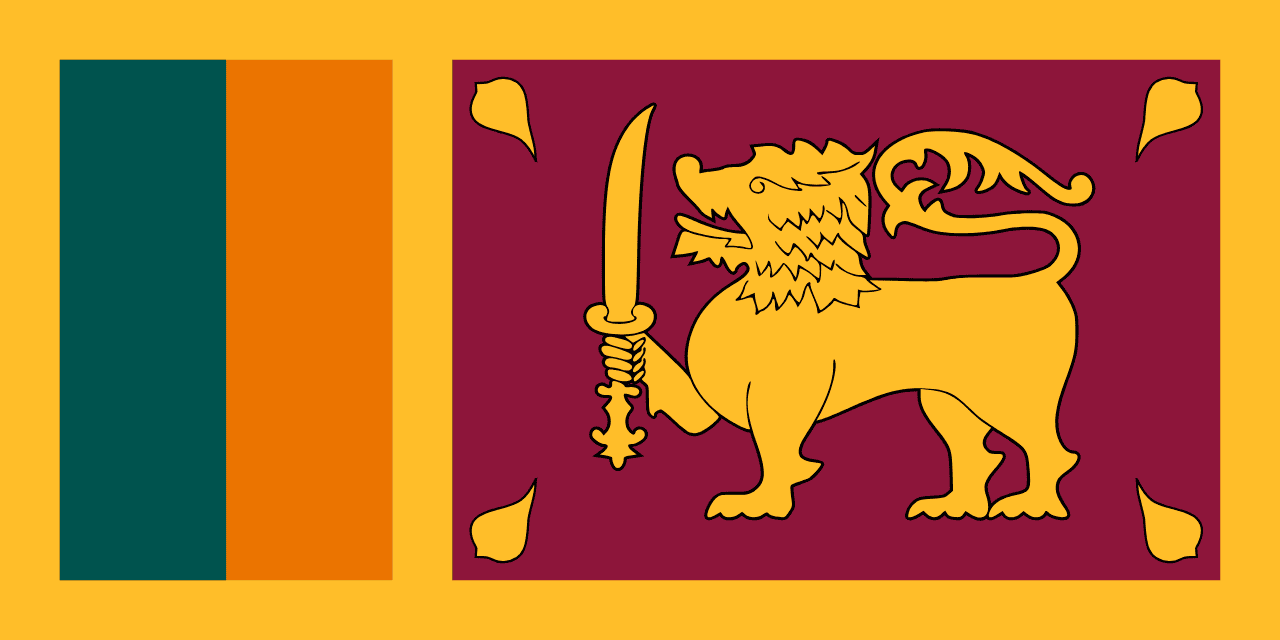
Sri Lanka
Asia
A maroon field with a golden lion holding a sword, surrounded by four golden bo leaves, with vertical stripes of orange and green on the hoist side, representing the Sinhalese majority, Tamil and Muslim minorities, Buddhism, and the courage and strength of the Sri Lankan people.

India
Asia
Three horizontal stripes of saffron, white, and green with a navy blue Ashoka Chakra (24-spoke wheel) in the center, representing courage and sacrifice, peace and truth, faith and fertility, and the eternal wheel of law in Indian philosophy.
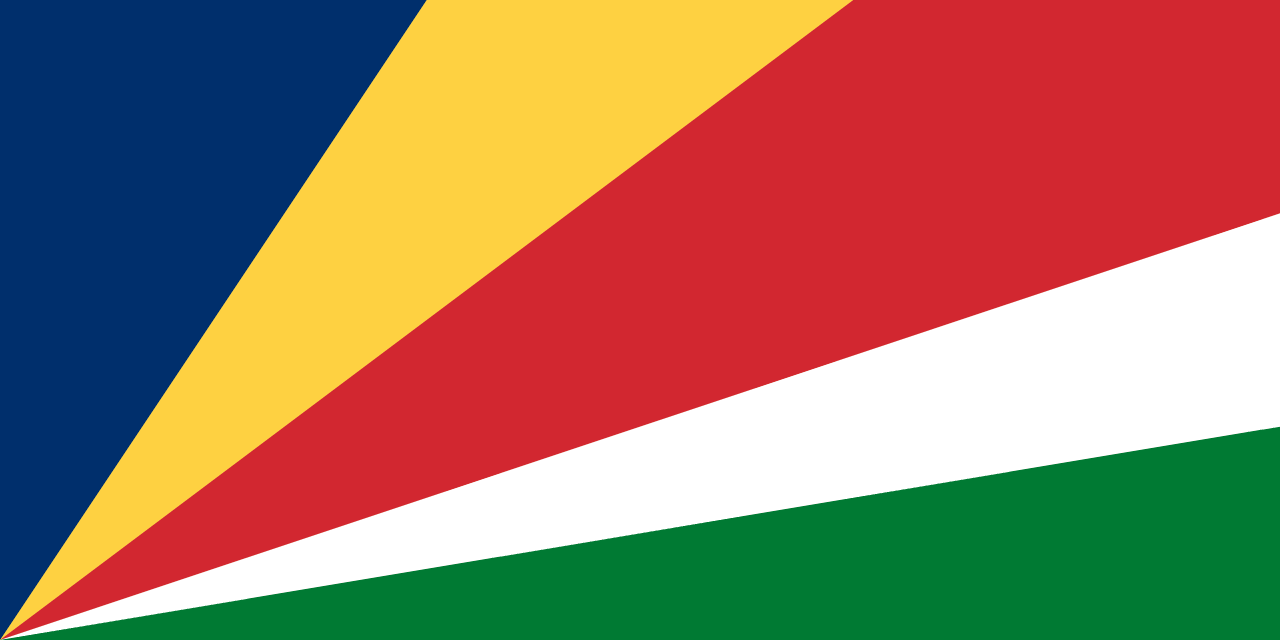
Seychelles
Africa
A flag of five oblique bands radiating from the bottom hoist corner: blue, yellow, red, white, and green. The design symbolizes a dynamic, forward-looking nation embracing unity and diversity.
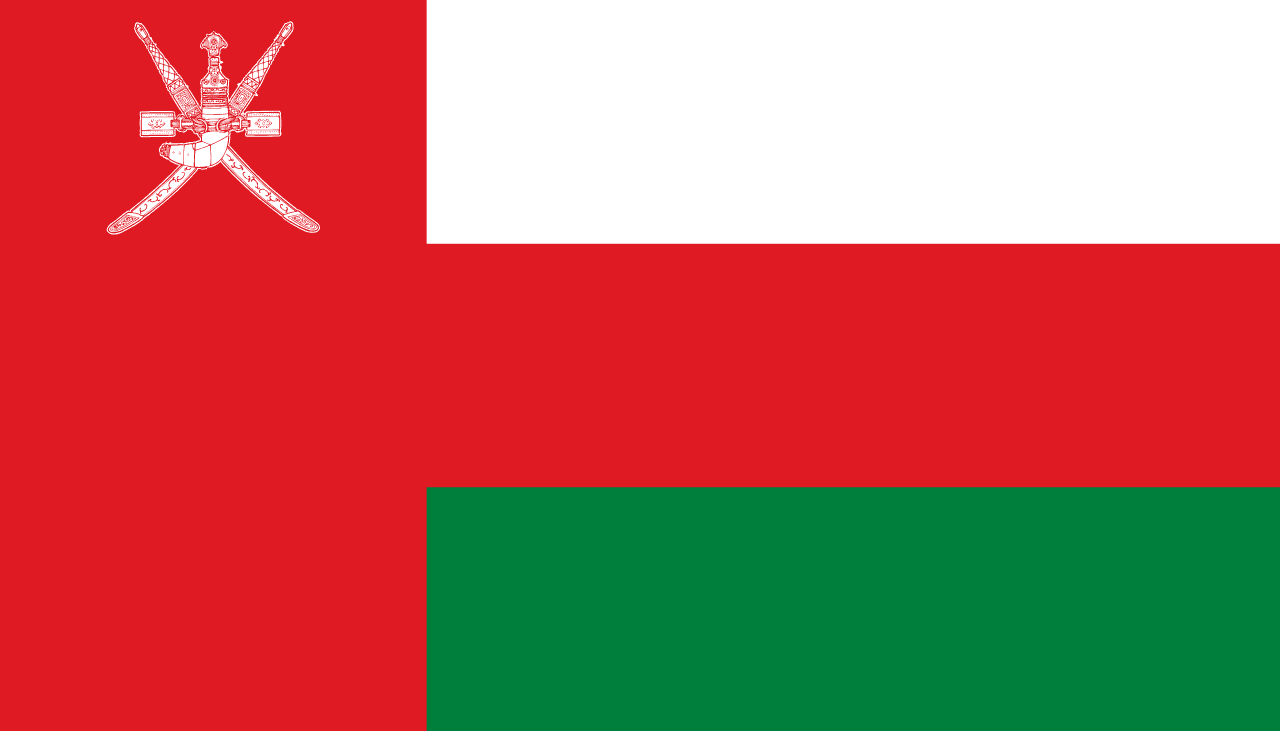
Oman
Asia
Three horizontal stripes of white, red, and green with a vertical red band at the hoist containing the national emblem. The design reflects Oman’s heritage, unity, and natural environment.

Bangladesh
Asia
A dark green field with a red circle positioned slightly toward the hoist side, representing the lush Bengali landscape and the sun rising over Bengal, as well as the blood shed during the Liberation War of 1971 and the new dawn of independence.
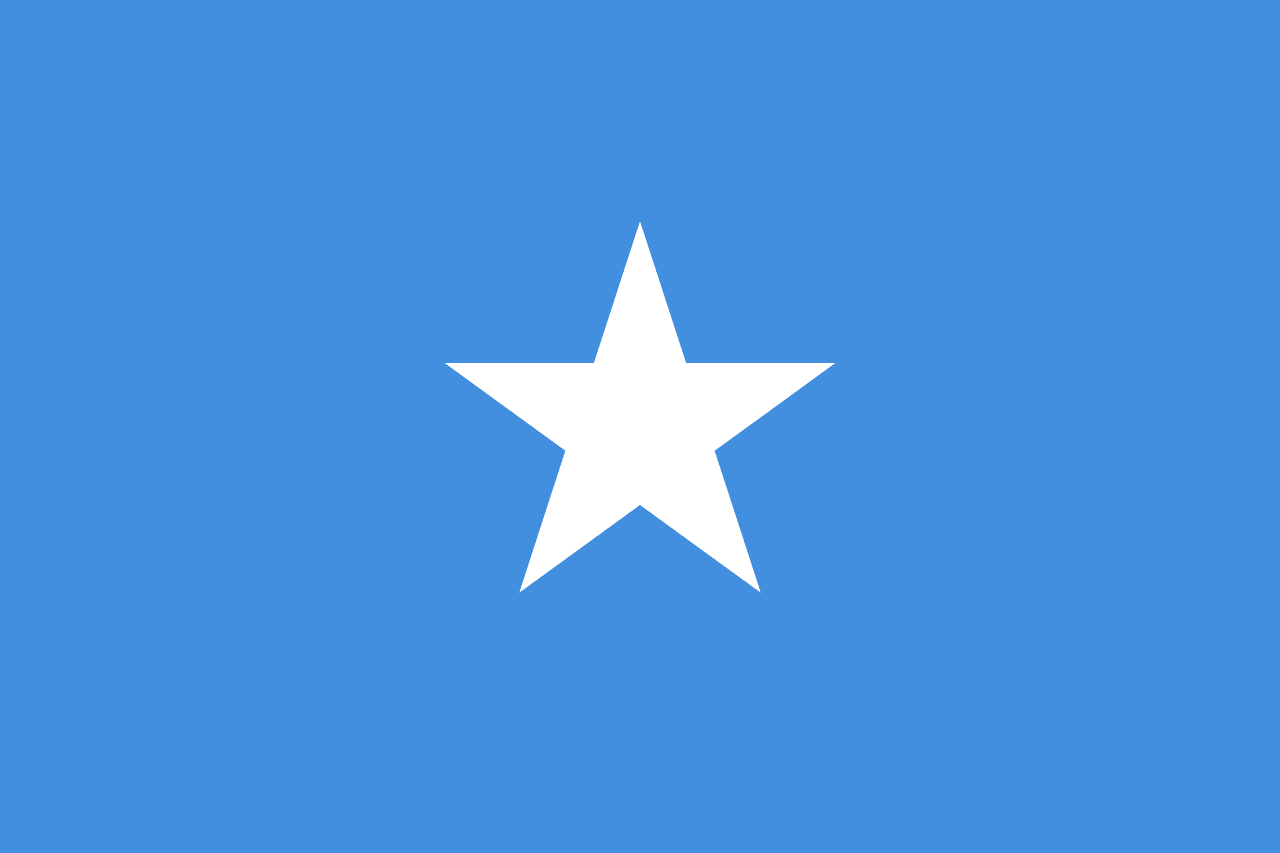
Somalia
Africa
A light blue field with a white five-pointed star in the center, representing the United Nations that helped Somalia achieve independence, the sky and Indian Ocean surrounding the Horn of Africa, and the five historical regions of Greater Somalia united under one symbol.